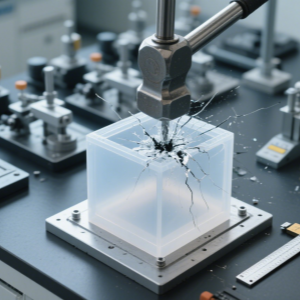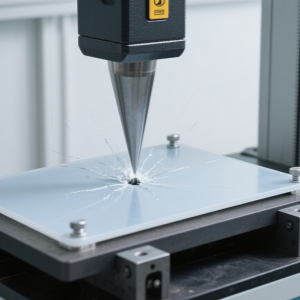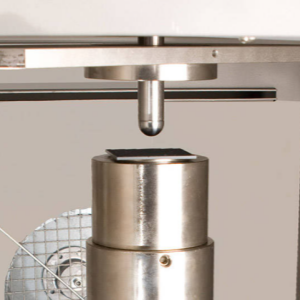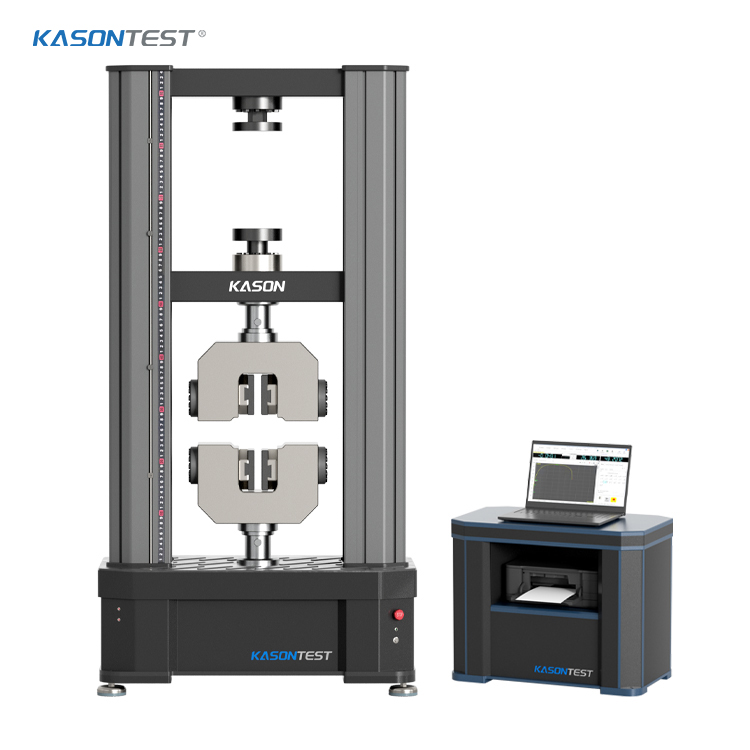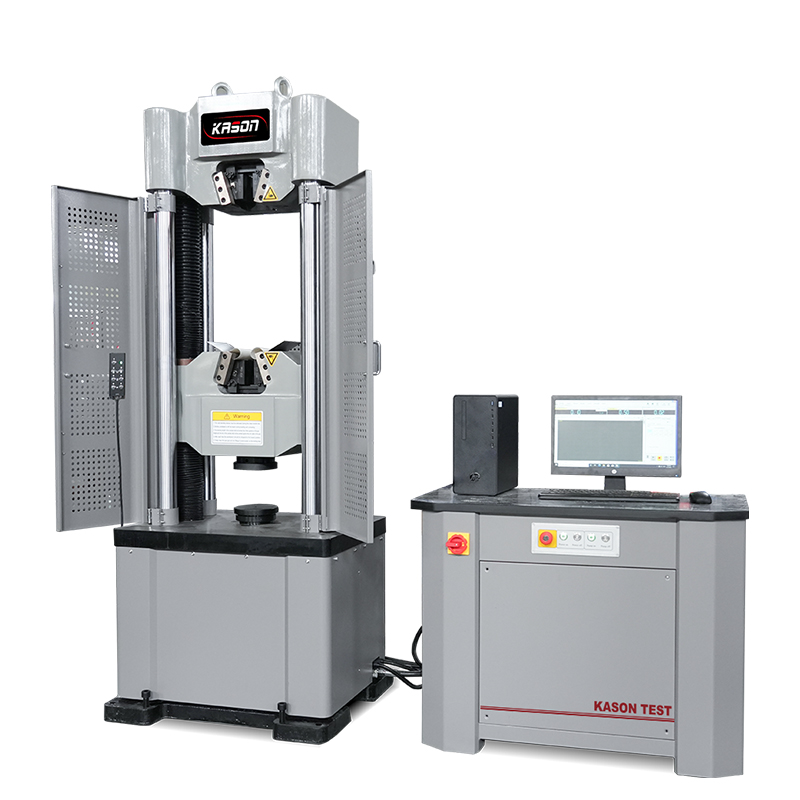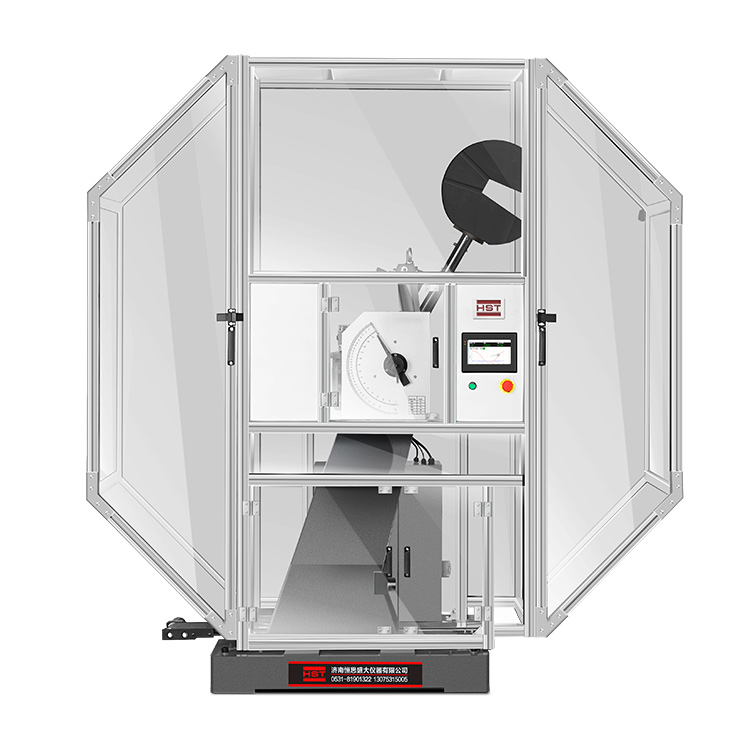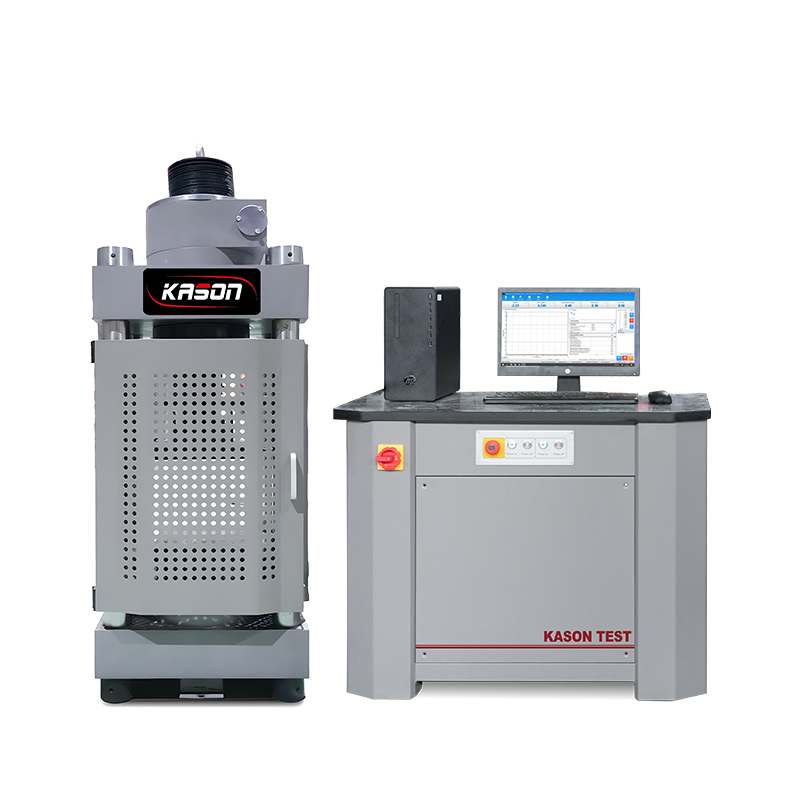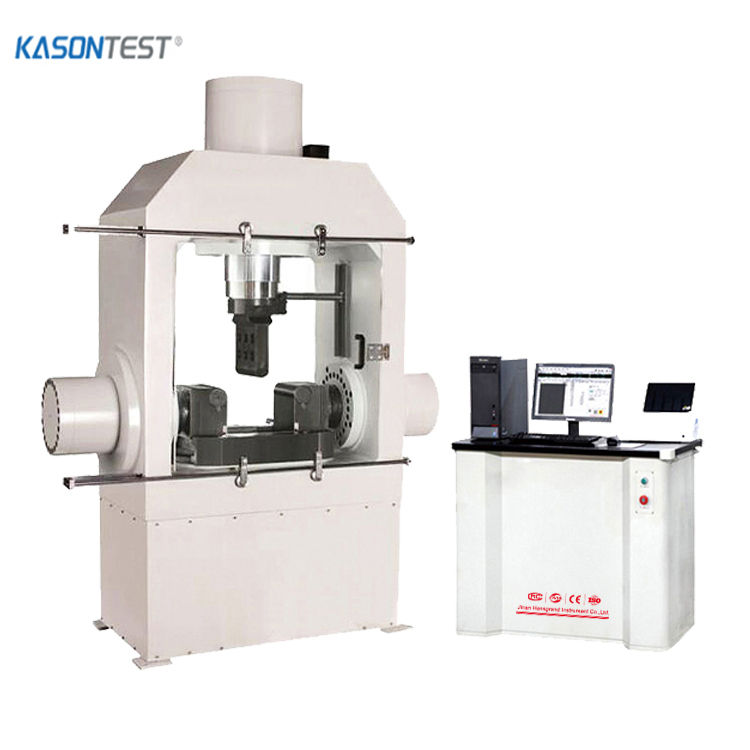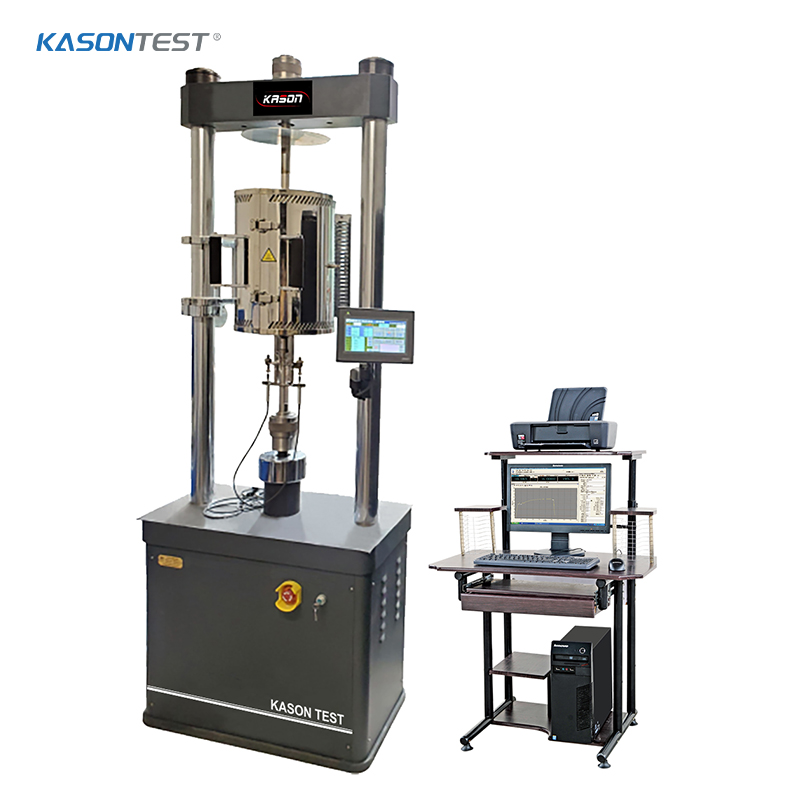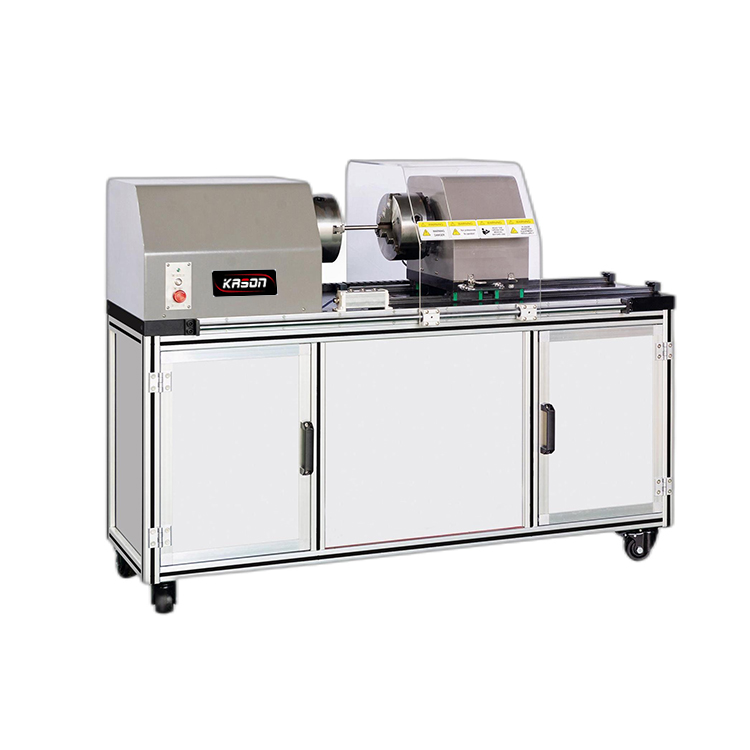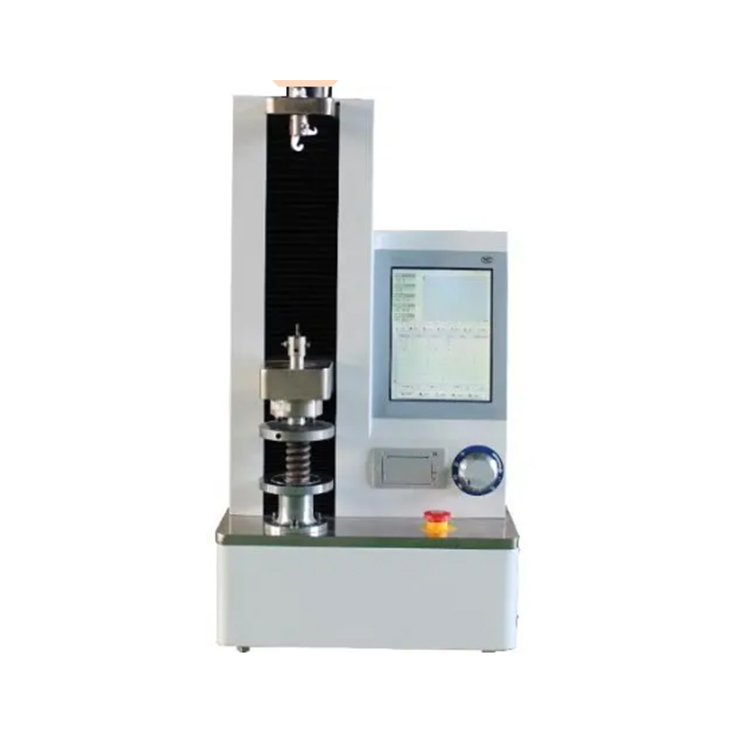ISO 6603-2 Puncture Impact Behavior of Rigid Plastics
Increased demand has resulted in the need for more demanding acceptance criteria with respect to the mechanical and chemical properties of plastics. Due to some of the new structural uses of these materials, it is essential to know how they will behave when subjected to dynamic conditions – i.e. impacts. Dynamic failures of materials are different then those found when testing at slower, steadier speeds. This is especially true of plastics where many variables can affect the material – the way the polymers are used to make a specific material form/lie in the material; whether the resins used are filled or unfilled; addition of color additives; forming processes all affect the strength and durability of not only the end material but the end product as well. Testing per ISO 6603-2 allows both the material engineer and the design engineer to test materials for desired properties such as strength, ductility, toughness and energy absorption.
For this test, we used an Kason Drop Tower with optional high-energy system, instrumented with a 22kN load cell, 20 mm hemispherical tup insert, touchcreen dashboard and Impact software. We also used our pneumatic clamping system -it can work at room temperature but also below and above zero degrees - with 40 mm diameter adapter plates designed in accordance to this standard. Impact mass was 20 kg and the velocity was set at 4.4 m/s, time range for data acquisition was set to 30 milliseconds.
To minimize the adverse effects of friction that occurs between the tup insert and the specimen, the standard calls for the application of a lubricant on the striker tip. Drop Tower System can be equipped with an automatic lubrication device that guarantees automated and repeatable oil applications. The available energy used for the test shall be such so that the velocity slowdown is no more than 20% from the beginning of the test to the end of the test. It has been noted that when the available impact energy is at least three times more than the energy at peak load, the velocity slow down is less than 20%.
Tests are to be conducted under the standard laboratory atmosphere of 23 ± 2 degrees C, and 50% relative humidity. By changing the conditioning and testing temperature, and testing in a controlled manner at any given impact velocity, the temperature at which the material transitions from a ductile to brittle failure mode can be established for most plastics.
If the throughput and resources optimization is a concern, the Kason Drop Tower can also be equipped with smart solutions to test up to 30 specimens fully unmanned or up to 10 specimens with a limited user effort and up to 50% saving in term of cycle time and nitrogen liquid consumption.

